Garmin HRM Pro Plus vs HRM 600 vs HRM 200: Which Garmin chest strap is best?
From budget-friendly to feature-packed, we compare Garmin’s latest chest straps
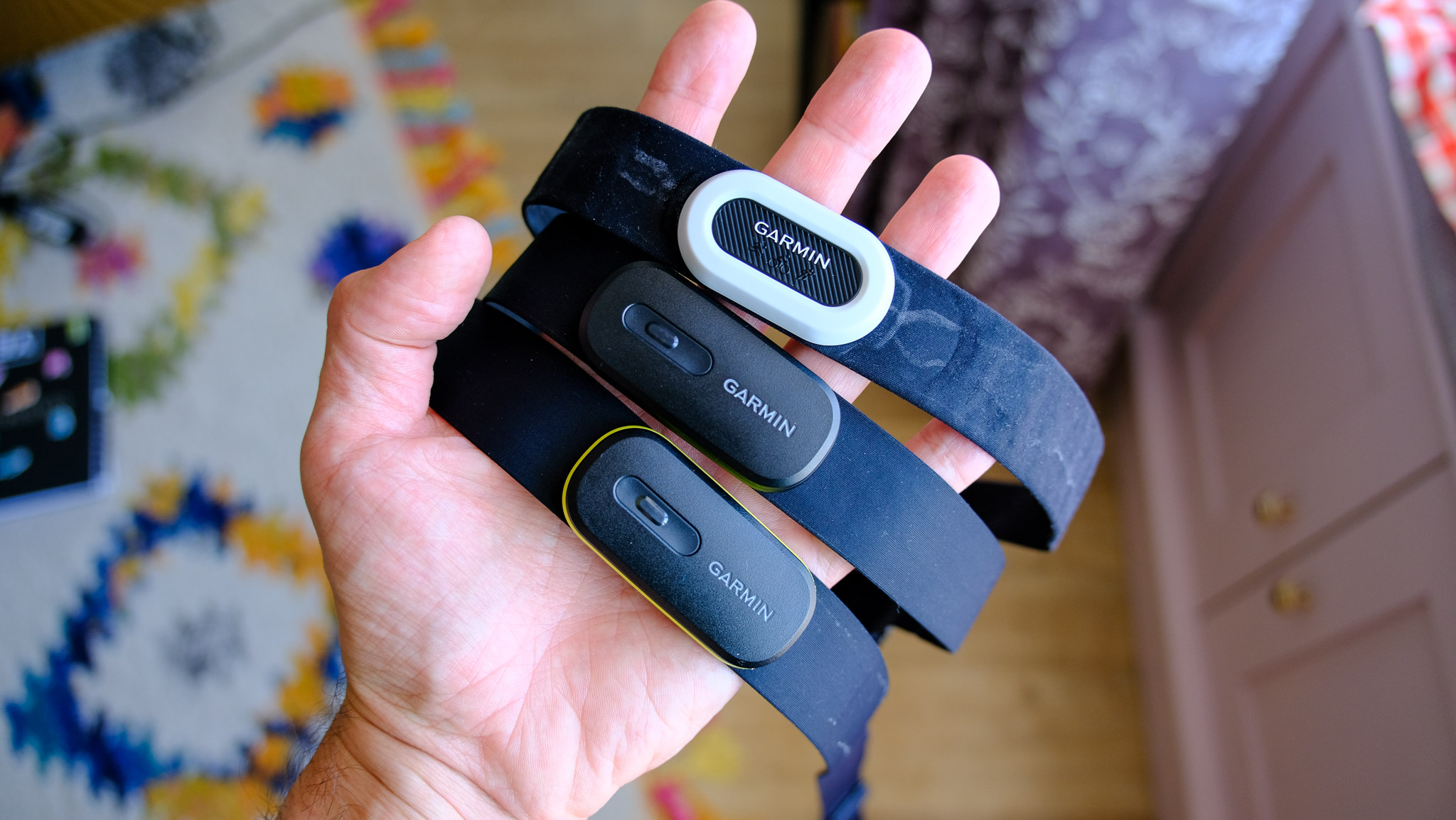

If you’re serious about training and want the most accurate heart-rate data possible, one of the best heart rate monitors is still the gold standard. Garmin makes some of the most sought-after models, but with three high-profile straps now in its lineup, the HRM Pro Plus, the HRM 600, and the HRM 200, it’s getting harder to tell which one is right for you.
On the surface, they all look fairly similar. But dig a little deeper, and it’s clear the brand is positioning each of these for different types of athletes. The HRM 200 is the most affordable of the three, designed for everyday heart-rate tracking across Bluetooth and Garmin’s own ANT+.
The HRM Pro Plus is a full-featured strap with onboard storage, running dynamics, and multi-device broadcasting. The HRM 600, meanwhile, modernises the HRM Pro Plus with a rechargeable battery, a removable pod, and app-based workout controls.
All three straps offer solid accuracy and comfort, but only one can be the best. Here’s how they stack up across design, performance, and price, and which one we’d recommend for different kinds of training.
Garmin HRM Pro Plus vs HRM 600 vs HRM 200
Price and value for money
At the time of writing, the HRM 200 is the most affordable of the three, retailing for around $99 / £89 / AU$149. The HRM Pro Plus sits in the middle at $129 / £119 / AU$189, while the HRM 600 commands a premium at $149 / £129 / AU$229. All three can be bought directly from Garmin US, Garmin UK and Garmin AU.
Given its stripped-back feature set, the HRM 200 is the budget-friendly choice for those who just want solid heart-rate data. The Pro Plus offers great value for runners or triathletes who want advanced metrics and offline storage.
But with the HRM 600 costing more than many beginner Garmin watches, its higher price tag might be harder to justify unless you really want its convenience features.
Get all the latest news, reviews, deals and buying guides on gorgeous tech, home and active products from the T3 experts
Winner: HRM 200
Design and build quality
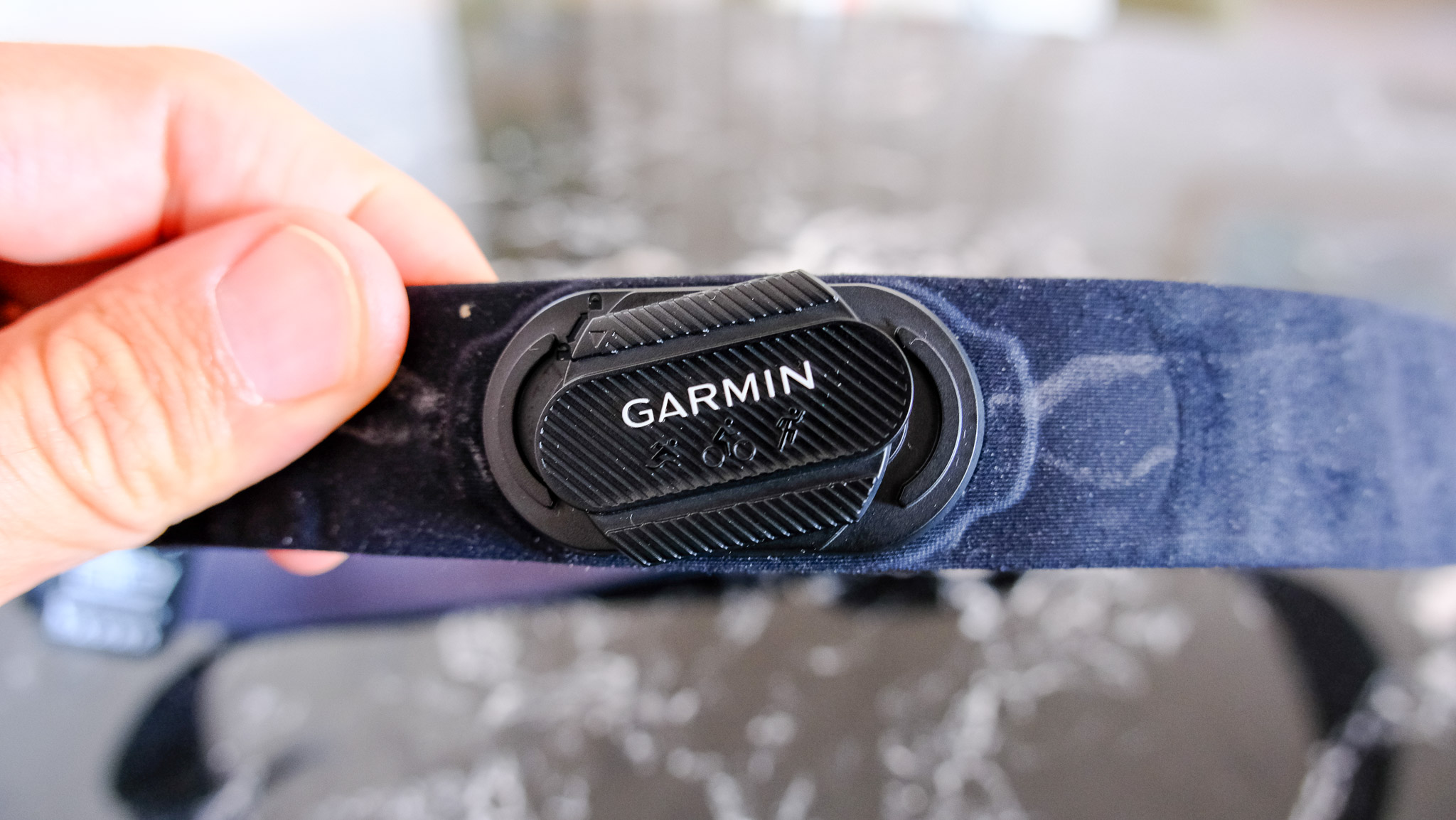

All three chest straps are built to withstand serious training, but the HRM 200 and HRM 600 stand out with their fully detachable pods and washable straps, a thoughtful upgrade for anyone regularly sweating it out indoors or in warm weather.
An interchangeable strap isn’t a new concept – the entry-level Wahoo Trackr Heart Rate can do this, too – but it’s nice to see that Garmin is also making an effort to put its screenless wearables on a more sustainable path by allowing people to replace the strap.
Launched alongside the Garmin Forerunner 570, the HRM-600 is the most up–to–date chest strap for the brand. It’s the only one in the lot with a rechargeable battery, which athletes may or may not like. A rechargeable battery certainly means less digital waste, but its performance degrades over time.
The HRM 200 offers an alternative to this with its detachable pod and coin battery approach. Both the HRM 600 and HRM 200 have physical buttons, but their functionality differs slightly (see below). One way to distinguish the two is to look at the underside of the pod: the HRM 600 has a green underbelly, while the HRM 200 is all black.
The Pro Plus uses a fixed pod design, which is slightly more fiddly to clean and almost impossible to replace. There are no buttons to turn it on, either. The HRM Pro Plus uses a coin cell battery to power the pod, which can be replaced without tools (an upgrade from the Garmin HRM Pro).
Winner: HRM 600
Connectivity

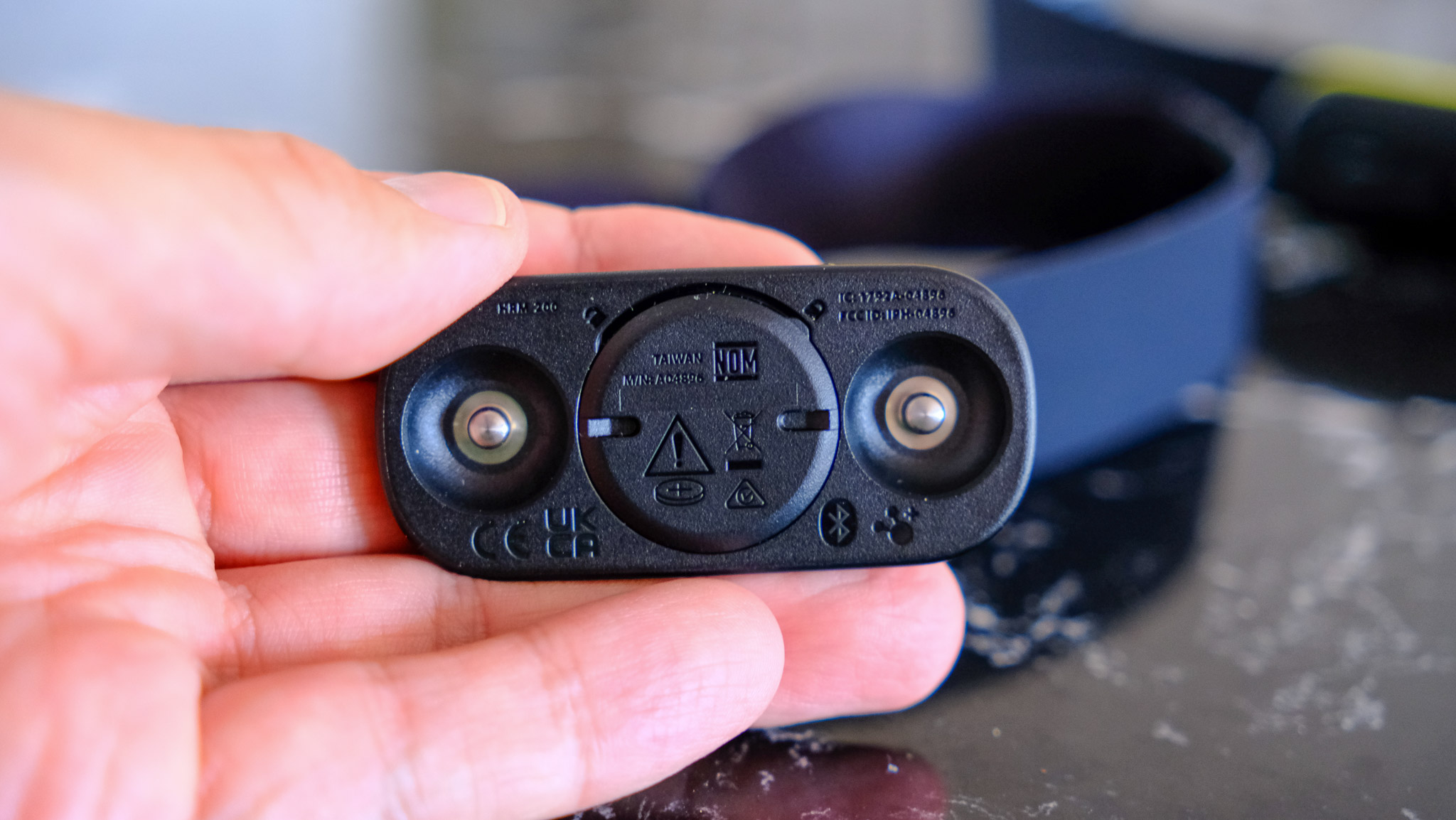
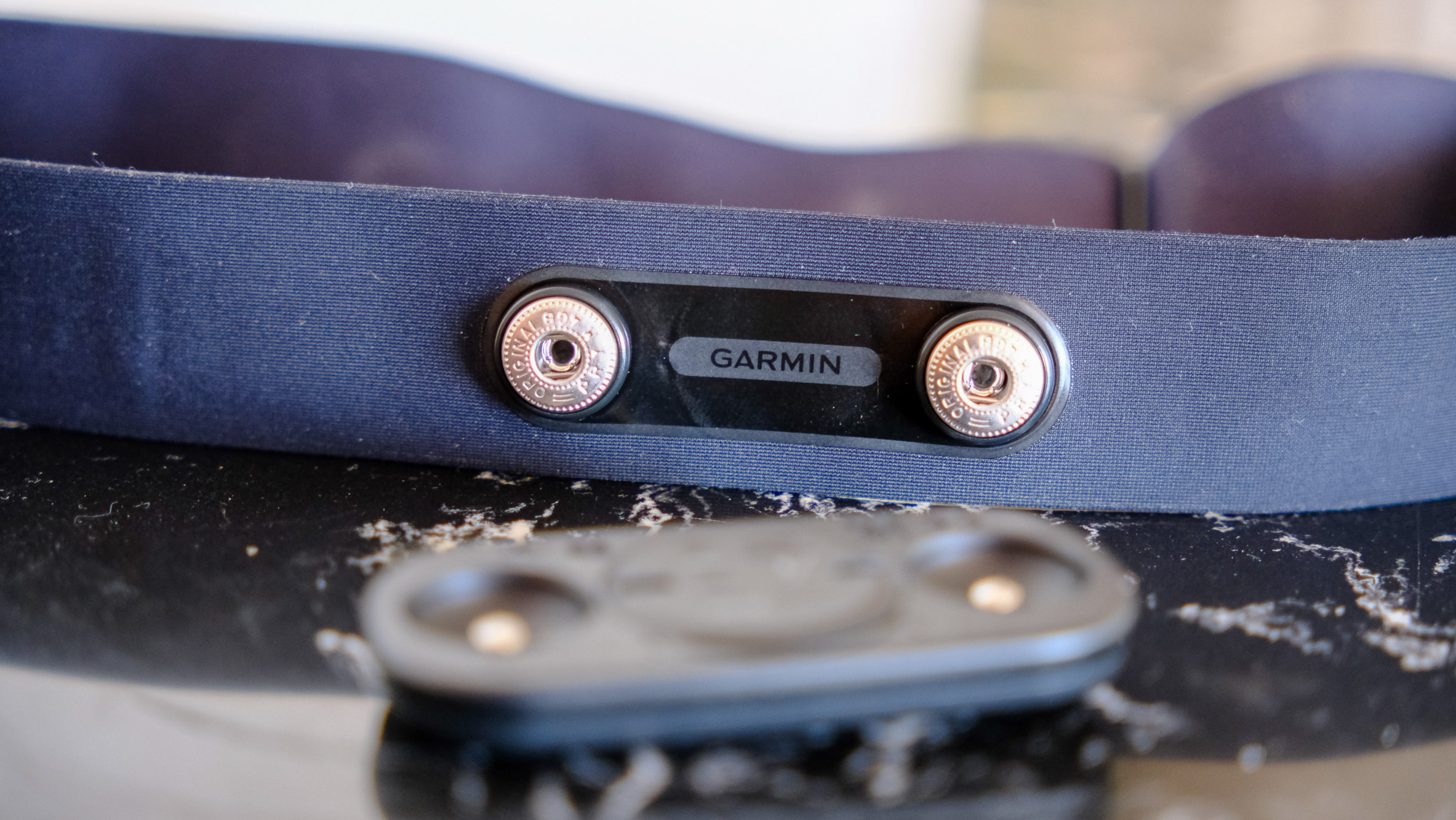
All three Garmin heart rate straps use ANT+ and Bluetooth to broadcast data, but there are notable differences in how they handle connections and how much control you have over them.
The HRM Pro Plus keeps things simple. It broadcasts over ANT+ and Bluetooth simultaneously and supports multiple Bluetooth connections. However, it always uses unencrypted “open” connections, which can make it easier to pair with third-party apps and devices (like Zwift or Peloton), but also makes it less secure in busy environments.
The HRM 200 introduces more flexibility. It uses dual ANT+ and Bluetooth and allows users to switch between open and encrypted (secure) Bluetooth modes. This is done by using the strap’s built-in button, with an LED indicator showing which mode is active. This makes it a solid choice for both casual users and those training in shared spaces.
The HRM 600 builds on this with even more user control. Like the 200, it supports secure and open modes via Bluetooth and ANT+, but adds standalone recording and phone-based activity control via Garmin Connect. It’s also capable of multiple simultaneous Bluetooth connections, making it ideal for advanced setups with watches, apps, and training platforms all at once.
Winner: HRM 600
Performance and accuracy
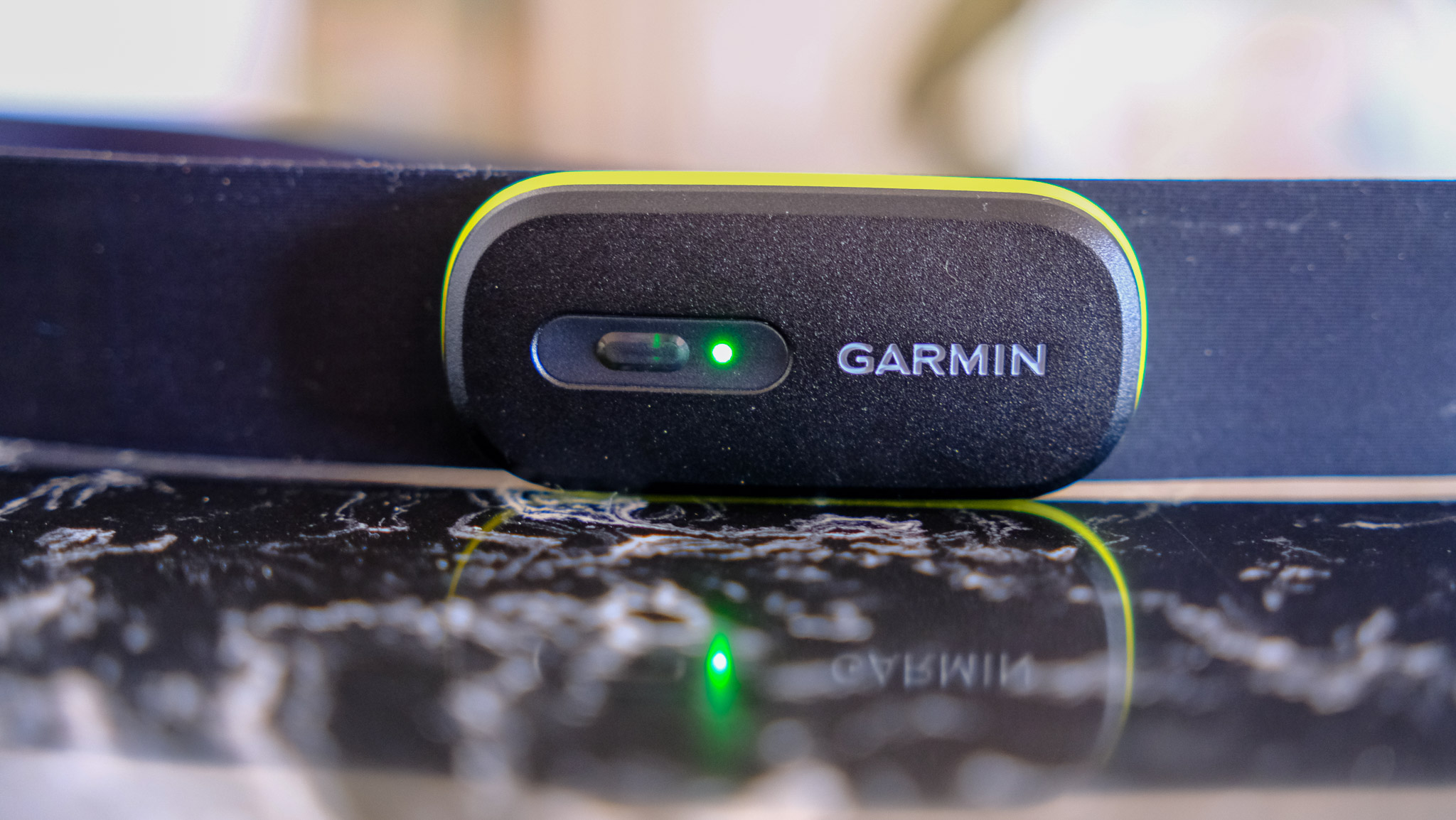
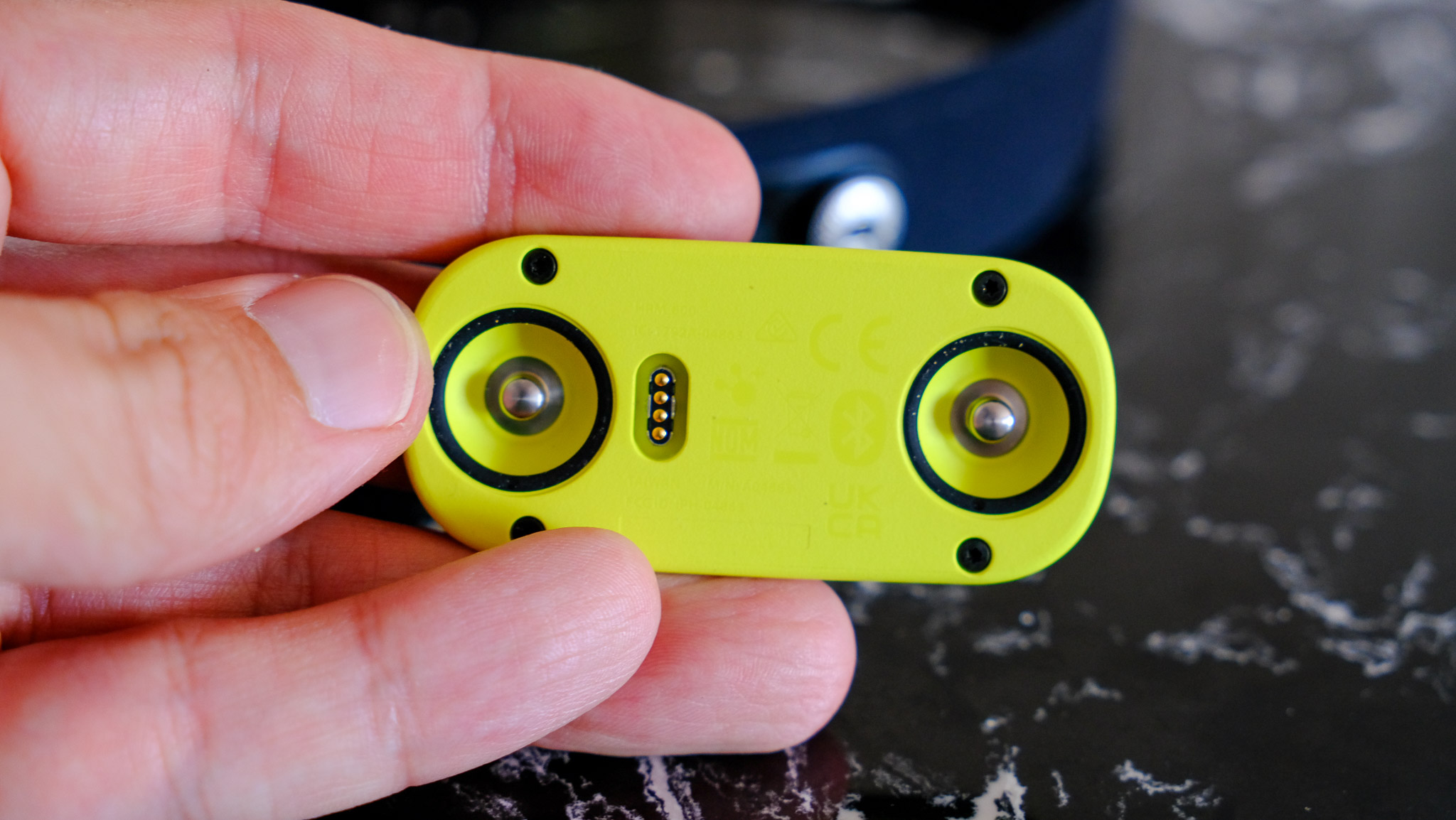
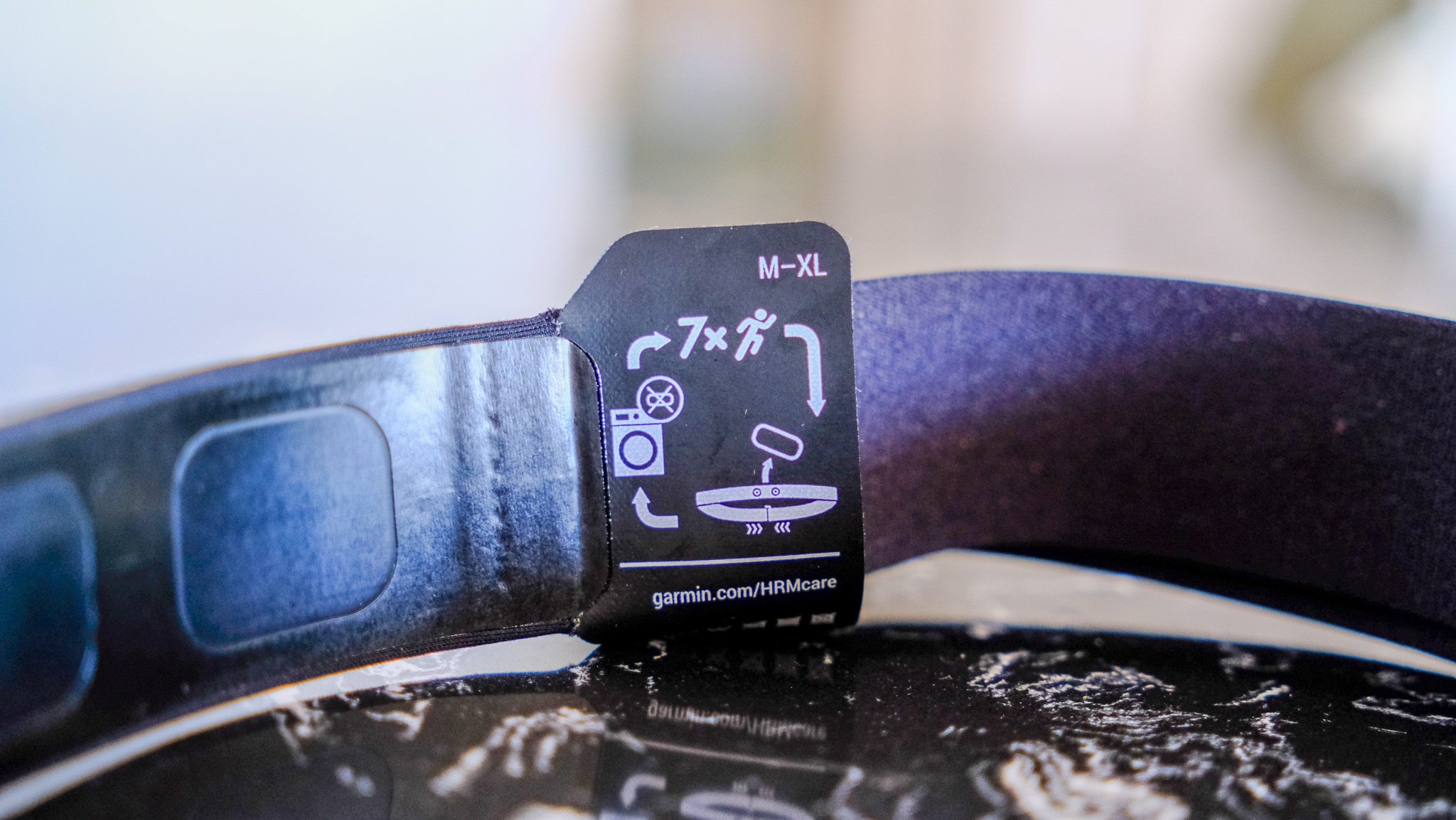
When it comes to heart-rate tracking, all three straps perform exceptionally well (as expected). The HRM 200 provides accurate ECG-style data across ANT+ and Bluetooth and rarely suffers from dropouts.
The HRM Pro Plus and HRM 600 both build on that foundation, with identical accuracy and the added benefit of offline storage. That means they can track workouts without a connected watch or phone and sync them later, making it ideal for swimmers, football players, or gym-goers.
The HRM Pro Plus also tracks advanced running metrics, such as vertical oscillation and ground contact time, which the HRM 200 lacks. The HRM 600 shares these features and has proven just as accurate in testing.
The HRM 600 is also required to unlock two features on the Garmin Forerunner 970: Running Economy and Step Speed Loss. These are not game-changing features; instead, they add to the already impressive running feature list of the triathlon watch. I certainly wouldn’t buy the HRM 600 just so I can access these, but they add to the appeal of the already impressive chest strap even more.
Winner: Tie – HRM Pro Plus and HRM 600
Battery life and charging
Here’s where things diverge. The HRM 200 and Pro Plus both use a CR2032 coin cell battery, which typically lasts approximately one year. Better still, you don’t need a screwdriver to replace them, either, as is the case with earlier Garmin chest straps.
The HRM 600 utilises a rechargeable battery, providing up to 60 hours of active use between charges, which typically lasts for 2 months in real-world use. You can use a standard Garmin charger cable to top up the HRM 600.
Rechargeable batteries are more sustainable, but they come with a catch: if you forget to charge before a big race, you're out of luck. For many, the set-it-and-forget-it nature of the HRM 200 and Pro Plus remains the winner.
Winner: HRM Pro Plus, purely because it’s easier to remove its cover than the HRM 200.
Which Garmin heart-rate strap should you buy?
If you’re looking for a reliable, affordable chest strap and don’t need running dynamics or offline storage, the HRM 200 is your best bet. It’s simple, accurate, and ideal for most gym or cycling sessions.
For runners and triathletes who want the full feature set and are happy with coin cell batteries, the HRM Pro Plus is still Garmin’s most complete chest strap. It balances performance, features and value better than the others.
But if you want a fully modernised experience with a washable strap, rechargeable battery, and app control, the HRM 600 is a smart (if expensive) upgrade. Especially if you also happen to have a Forerunner 970 wrapped around your wrist.
Overall winner: HRM Pro Plus

Matt Kollat is a journalist and content creator who works for T3.com and its magazine counterpart as an Active Editor. His areas of expertise include wearables, drones, fitness equipment, nutrition and outdoor gear. He joined T3 in 2019. His byline appears in several publications, including Techradar and Fit&Well, and more. Matt also collaborated with other content creators (e.g. Garage Gym Reviews) and judged many awards, such as the European Specialist Sports Nutrition Alliance's ESSNawards. When he isn't working out, running or cycling, you'll find him roaming the countryside and trying out new podcasting and content creation equipment.
You must confirm your public display name before commenting
Please logout and then login again, you will then be prompted to enter your display name.